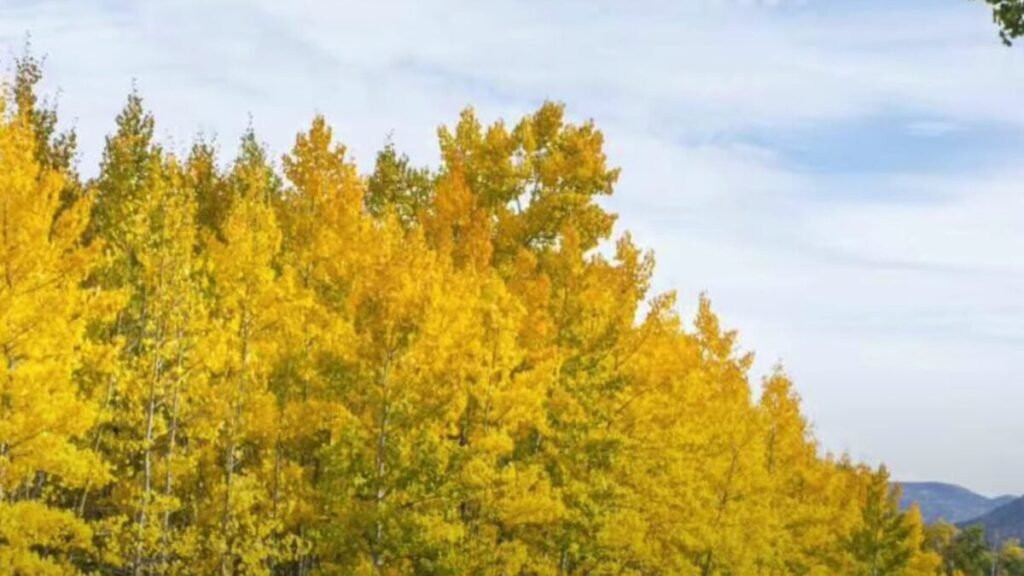The Ancient Behemoth of the Ice Age: A Giant Lurking in the Depths, Equal to 35 Blue Whales

Long before the pyramids existed, a unique tree in North America was already taking root. This tree, capable of cloning itself for tens of millennia, has survived the Ice Age and witnessed changing climates and landscapes. But now, human actions threaten its future and the balance of its ecosystem.
A Forest That Is Actually a Single Tree
In Utah’s Fishlake National Forest, Pando extends across 43 hectares, appearing as a forest of 47,000 stems. However, it is a single organism connected by a common root system, weighing about 6,000 tons, more than any other known living being on Earth’s surface.
Antiquity Measured in Genetic Mutations
Recent genetic studies revealed that Pando could be between 16,000 and 80,000 years old, with an average estimate of 34,000 years. Researchers analyzed 500 DNA samples, identifying almost 4,000 mutations accumulated over millennia of cloning.
A Colossus That Does Not Reproduce Like Other Trees
Pando is a triploid tree with three copies of each chromosome, multiplying by creating identical clones of itself instead of fertile seeds. This strategy, along with its ability to regenerate dead stems with new shoots, has been vital for its survival.
Its mass is equivalent to that of 35 blue whales or 1,000 elephants, recognized as the official tree of Utah in 2014. However, threats like excessive grazing by cattle and deer are slowing the growth of new seedlings.
A Natural Heritage That Needs Protection
The study, published in Nature, underscores the importance of protecting long-lived clonal organisms like Pando. Its mutations offer insights into how plants maintain genetic integrity over millennia. Without conservation measures, this giant living since the time of glaciers could vanish, taking with it an irreplaceable chapter of natural history.





